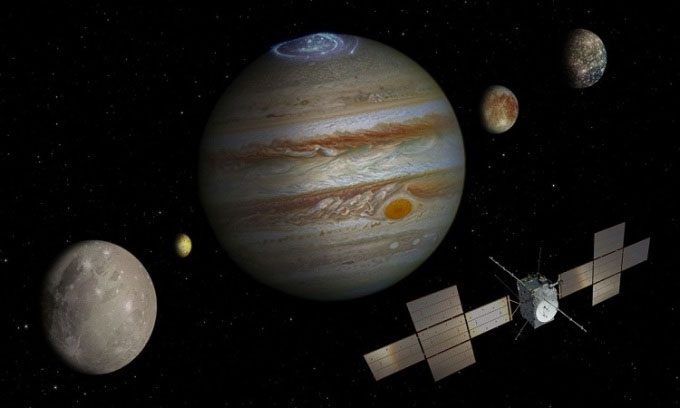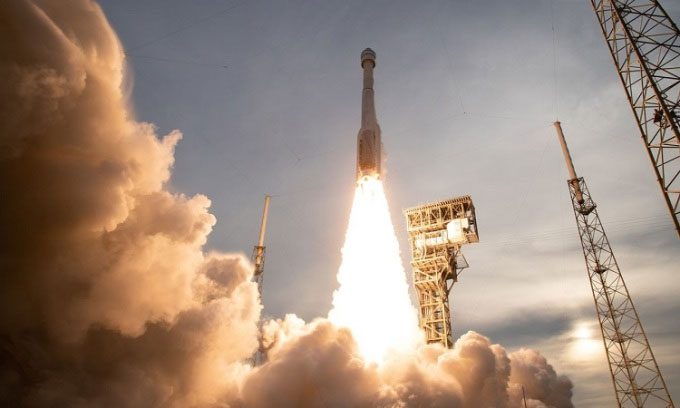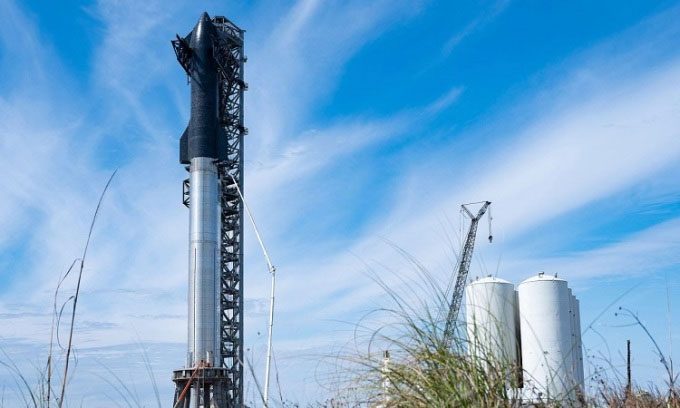In 2023, many studies and explorations will take place involving spacecraft, rocket launch missions, and research on planets and asteroids within the Solar System.
Announcement of the Artemis II Crew
Last year, the inaugural mission of NASA’s Artemis program successfully launched an uncrewed test flight that made a historic journey around the Moon. Although the first crewed flight of this program, Artemis II, will not take off until spring 2024, the public will soon learn the names of the selected astronauts. NASA has narrowed down the candidate list to 18 individuals. In December of last year, NASA officials announced that they would reveal the Artemis II crew at the beginning of 2023.
The Artemis II mission will send four astronauts on a journey around the Moon and back to Earth. The subsequent mission, Artemis III, will mark the first time astronauts land on the Moon’s surface since the Apollo program in the 20th century.
Cargo Delivery to the Moon
NASA also plans to deploy a robotic lander to the Moon to further study its terrain and radiation environment, as well as to search for resources that could be harvested from the Moon to support deeper space exploration activities. This program is called Commercial Lunar Payload Services (CLPS) and relies on partnerships with over a dozen private companies developing their own lunar landers.
The first lander to fly under this program may be built by Astrobotic, a company based in Pennsylvania. Astrobotic plans to use its Peregrine lander to deliver 11 scientific and exploratory instruments to the Moon’s surface in the early months of 2023. The lander will touch down at Lacus Mortis, a large crater near the Moon’s limb. Three other missions under the CLPS program are also expected to launch in 2023.
Jupiter and Its Moons

The JUICE spacecraft will explore Jupiter and its moons. (Photo: ESA).
The Jupiter Icy Moons Explorer (JUICE) mission is scheduled for launch between April 5 and April 25. This mission, led by the European Space Agency, will lift off from the spaceport in French Guiana and spend three years studying Jupiter along with its three icy moons: Ganymede, Callisto, and Europa. All three moons are believed to have oceans beneath their icy crusts. Scientists want to investigate whether Ganymede’s ocean could be habitable.
Upon reaching Jupiter in July 2031, the spacecraft and its ten accompanying instruments will conduct 35 flybys of the giant gas planet and its moons. Some of the mission’s goals include determining whether life ever existed in the Jupiter system, how the gas giant shapes its moons, and the formation process of Jupiter itself.
Boeing’s First Crewed Test Flight to the ISS

The CST-100 Starliner spacecraft during its uncrewed flight in May 2022. (Photo: Boeing).
Boeing has been working for a decade to develop a spacecraft capable of transporting astronauts between Earth and the ISS. In 2023, the new space taxi will become operational. After several years of delays, the Starliner spacecraft completed its uncrewed test mission to the ISS in May of last year. NASA officials expect to continue with the first crewed mission launch in April 2023.
Currently, SpaceX’s Crew Dragon is responsible for transporting astronauts to the ISS. Once Starliner becomes operational, SpaceX and Boeing will share missions to maintain as many personnel on the ISS as possible before NASA plans for the station’s decommissioning in the coming decade.
New Commercial Vehicles Making Their Debut

SpaceX’s Starship SN20 in Boca Chica, Texas. (Photo: SpaceX).
SpaceX is set to launch its massive Starship spacecraft into orbit for the first time. In the future, the company aims to use this vehicle to transport the first humans to Mars. NASA also hopes to utilize this vehicle in the Artemis program.
Two other powerful commercial rockets are also coming online: the Vulcan Centaur developed by United Launch Alliance and New Glenn, a product of Jeff Bezos’s aerospace company Blue Origin. The Vulcan rocket is expected to launch in early 2023, while New Glenn may follow later.
Bringing Asteroid Samples Back to Earth
NASA’s OSIRIS-REx spacecraft will deliver rock and soil samples from the nearby asteroid Bennu to Earth this year. This spacecraft made history by successfully collecting samples in October 2020.
OSIRIS-REx will fly past Earth on September 24 and drop off a sample container containing nearly 60 grams of material from the surface of Bennu in a military training and testing area in Utah. If the spacecraft remains operational, it will begin a new journey to study another asteroid. The samples will provide insights into the formation and history of the Solar System as well as information about asteroids that could potentially collide with Earth.
Metal Asteroids
After several delays, NASA’s first spacecraft designed to study metal asteroids is set to launch in October. The Psyche mission will embark on a four-year journey to a potato-shaped asteroid in the main belt between Mars and Jupiter. This mission will investigate this metal-rich asteroid, which may be the core of a planet or a block of primordial material that never melted.


















































